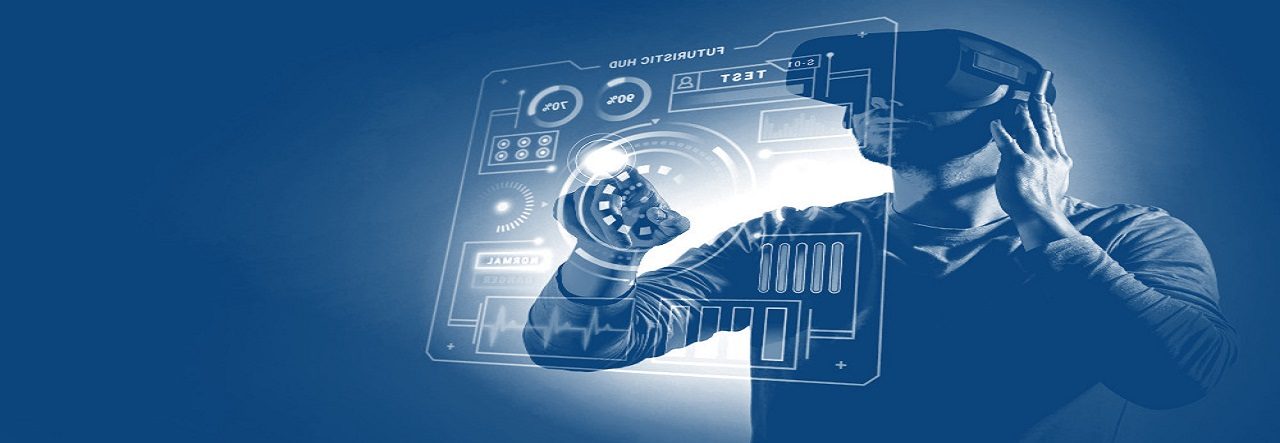Image: Apple
Apple lets developers experiment with Vision Pro. Their impressions are positive.
Since early August, Apple has been hosting day-long meetings with developers who are working on apps for Vision Pro. As part of the Apple Vision Pro Developer Labs, they can test their apps at Apple’s offices, get hands-on experience with the device, and work with Apple experts to get their questions answered.
The Developer Labs are held in London, Munich, Shanghai, Singapore, Tokyo, and Cupertino. In a press release, Apple describes some of the experiences the developers have had with Vision Pro.
A new experience for developers
Michael Simmons is the CEO of Flexibits, the studio behind the successful Fantastical calendar app for Apple devices. Simmons said he was surprised when he first experienced the app on Vision Pro.
“A bordered screen can be limiting. Sure, you can scroll, or have multiple monitors, but generally speaking, you’re limited to the edges,” Simmons says. “With Apple Vision Pro and spatial computing, I’ve truly seen how to start building for the boundless canvas — how to stop thinking about what fits on a screen,” he says. “And that will help us make better apps.”
Another developer invited by Apple is David Smith. He is working on a Vision Pro version of his iOS app, Widgetsmith by using the visionOS simulator. Seeing the app on the hardware itself was a new experience for him, leaving him audibly gasping and sparking new ideas.
A conservative approach
Apple describes two other examples of developed apps. Interestingly, they are all Vision Pro adaptations of existing apps. There are no exclusive and more experimental apps or ports of known VR or AR apps.
span { width: 5px; height: 5px; background-color: #5b5b5b; }#mailpoet_form_11{border-radius: 0px;text-align: left;}#mailpoet_form_11 form.mailpoet_form {padding: 20px;}#mailpoet_form_11{width: 100%;}#mailpoet_form_11 .mailpoet_message {margin: 0; padding: 0 20px;}#mailpoet_form_11 .mailpoet_paragraph.last {margin-bottom: 0} @media (max-width: 500px) {#mailpoet_form_11 {background-image: none;}} @media (min-width: 500px) {#mailpoet_form_11 .last .mailpoet_paragraph:last-child {margin-bottom: 0}} @media (max-width: 500px) {#mailpoet_form_11 .mailpoet_form_column:last-child .mailpoet_paragraph:last-child {margin-bottom: 0}}
]]>
This underscores Apple’s more conservative approach. At this early stage of spatial computing, Apple’s primary focus is on bridging the paradigm gap by making the transition between traditional and spatial computing, existing and new app ecosystems as seamless as possible. A complete reinvention of the computing paradigm is not on the agenda, at least not yet.
Apple understands that people need to be introduced to new technology gradually and carefully, and that certain basics need to be established first.
EyeSight is still being worked on
Some developers have been given developer kits under strict conditions. Tech journalist Alex Heath writes in the latest issue of his Command Line newsletter that AirTags are attached to the devices to track their location, and a contraption on the temple prevents people from opening the headset and inspecting its innards. Still, an unauthorized hands-on has leaked already.
Heath spoke to a developer who received a developer kit. He confirmed that key features like Siri and the front-facing display are not working yet. The latter could explain why Apple executives have not yet been photographed using Vision Pro.
The official launch of the headset is scheduled for early 2024.
Note: Links to online stores in articles can be so-called affiliate links. If you buy through this link, MIXED receives a commission from the provider. For you the price does not change.
from VRGameNews.com https://ift.tt/dDYyocl
